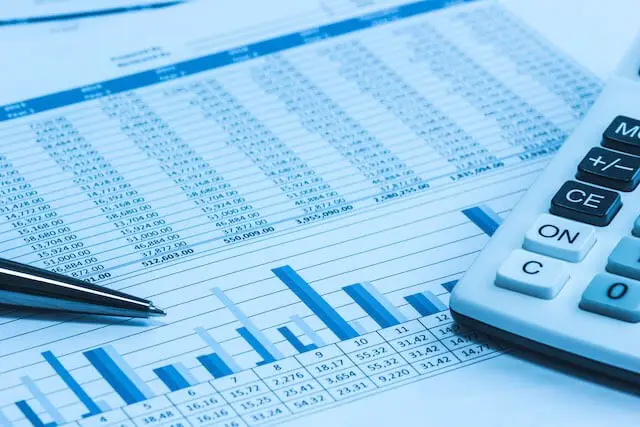For decades, individuals seeking refuge from stock market volatility while maintaining adequate pace with inflation could effectively hold a bond portfolio, or a bond index fund. With coupon rates (a fixed payment from a bond) and interest rates at high levels, slowly dropping over the course of 3 decades, this proved to be attainable with comparatively little risk.
A bond is by nature a fixed vehicle for paying interest, hence the term “Fixed” or ‘Fixed Income” on investment and 401K/IRA retirement statements. For example, if I buy a $10,000 bond with a 20 year maturity, assuming it pays a 5% coupon or fixed interest rate, then I will be paid $500 annually. Upon the bond’s 20 year maturity I have received $500 annually for 20 years and now receive the initial $10,000 bond purchase price, provided the financial stability of the company remains in tact.
History of Bond Performance
Bonds performed well in the prior decades for a good reason, a high interest rate environment that is steadily falling. The interest rates influence bond coupon rates.
Back in 1985, in my high school days, I had a savings account of roughly $10,000, and was receiving an interest rate of 10%. That’s 10% for a savings account, not a CD, but a savings account!
In those days all one had to do was purchase a long term bond, and as interest rates slowly dropped from their stellar highs, you would have achieved a wonderful rate of return. Your bond’s fixed rate stayed constant, not falling, since it was fixed. If you bought a highly rated bond for 30 years and it offered a coupon rate of 10%, if you held it for 30 years, you were locked in, or fixed, for a 10% payment for 30 years.
As the interest rate environment dropped gradually and slowly over time, then in say 1990 that same 30 year bond from that same company may only offer 8.5%. Not a huge move, but significant, if the interest rate environment continues to gradually drop, as it did.
When a bond is bought in a slowly shrinking interest rate environment, the bond you bought prior to the present one will be worth more, or sell at a premium. It therefore could be advantageous to purchase a bond, if the bond you bought 2 years ago has a higher initial coupon rate than the one you could buy now. And the one you buy now will have a higher coupon interest rate than the one you will be able to buy 2 years later, as interest rates drop.
But everything has changed! Why?
When you reach the bottom of the interest rates, as we did in the post Financial Crisis, when it reaches 0, there is no where else for interest rates to go but to climb up. Now as interest rates climb, even ever so slowly, your bond and especially bond index fund, may be worth less.
To Illustrate:
- Jack buys a $10,000 10 year bond in 2016 with a rate of 3%.
- Jim buys a $10,000 10 year bond in 2017 with a rate of 4%.
- Jane buys a $10,000 10 year bond in 2018 with a rate of 5%.
You see, every year thereafter, the bond you bought a year ago is no longer attractive, and who wants it, when they can purchase this year’s bond for a higher fixed rate?
In order for Jack to sell his $10,000 10 year bond that he bought in 2016 with a rate of 3%, he may have to sell it at a discount to it’s par ($10,000) value. Jane certainly doesn’t want to buy his bond, because her same $10,000 bond has a rate of 5%. The only way he can sell his $10,000 bond is to sell it at a discount to par, or for say $9500, discounting his $10,000 bond by $500! Jack just went backwards, losing on his portfolio. His crime? He bought bonds in an increasing interest rate environment.
Now we recognize this is oversimplified, but it is for illustrative purposes.
The TSP’s F Fund
Let’s take a real world look at the nation’s largest retirement fund, for federal employees, and the fixed income there. Note the 12 month returns of the F-Fund (F representing fixed income) at the TSP (Thrift Saving Plan) over the course of 2018. As the Federal Reserve Bank raised interest rates, even the slight bit of .25% (25 basis points known as bps) every quarter, totaling just 1% for the year, the F-Fund could not perform, and it’s overall returns for 2018 ended at .15%, so basically flat. Not the kind of returns most of us are looking for.
Bonds and bond index funds are potentially losing vehicles to park your money right now, and unpredictable at best for the future. If your financial statement uses the words fixed, fixed income or even income, then you may be in bond funds.
There are bond alternatives that allow safety, the G-Fund being one of them at the TSP. Its challenge is simply being out paced by inflation. A number of alternative investments carry a low rate of risk, and a potentially handsome rate of return. Talk to a professional, preferably a fiduciary, for more assistance.



